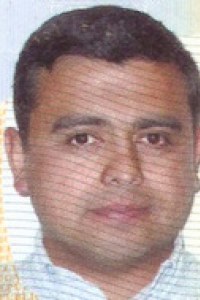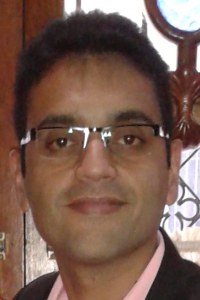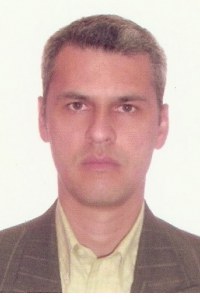 Hojo, TetsuoDepartment of Construction Technologists / Monotsukuri Institute of Technologists / 333 Maeya, Gyoda / Saitama 361-0038, Japan 81-48-564-3851 / hojo@iot.ac.jp
Hojo, TetsuoDepartment of Construction Technologists / Monotsukuri Institute of Technologists / 333 Maeya, Gyoda / Saitama 361-0038, Japan 81-48-564-3851 / hojo@iot.ac.jp
ABSTRACT
ABSTRACT
Questionnaire surveys of near-miss accidents to students, newly entered into the Institutes within two years, were carried out and causes of potential accidents were obtained. The questionnaire was focused on human factors, equipments or facilities and working procedures. Incident frequencies of types, features of incidents are firstly analyzed, and then psychological state suffered near-miss accidents are discussed based on these data. A change with the lapse of time of the safety consciousness before and after practice is grasped.
Keywords
Human Factors, Safety Management, Construction Industry
1. INTRODUCTION
Construction industry has the highest labor accident rate among all industries, it becomes very important to study countermeasures for accident prevention. In the construction industry, the numbers of proportion for skilled workers decrease, while the aging of the worker advances, and non-skill and young workers increase. According to the accident statistics, it is shown that an accident rate is higher, as an experience is less. Therefore, persisting in the safety management through the education and training to non-expert or a young worker will be an important issue.
Many of industrial accidents in the construction industry originate in the un-safe action type. The measure paid its attention to the factor that lurks the action on the worker side, as well as on the technical sides, is needed in the safety management. The construction industry is labor concentration type industry, and when considering a future safety control, it is indispensable to analyze this issue from a human factor point of view.
This research firstly arranged the present condition and the feature of an industrial accident of construction industry, introduced the measure about an industrial accident and a human factor, and then performed examination by the investigation for the students who study the construction practice at the Institute. At the Monotsukuri Institute of Technologists, in order to study theory and management through experience of construction skill practice, the practical lessons are conducted on the outdoors under a similar condition to the site. The new students immediately after entered into the Institute have almost no professional knowledge, and can consider unskilled or a young worker in the construction industry from a worker's occupational capability point of view. Questionnaire investigation about near-accidents in practice
lessons is carried out for these students, the actual condition of safe action and consciousness are analyzed.
2. OCCUPATIONAL SAFETY AND HUMAN FACTORS
In order to prevent an industrial accident, it is important to work on the measure in consideration of the characteristic of the human being who actually works, i.e., the analysis and the measure to a human factor of the versatility in an accident or the background of human error, with hard measures of an equipment machine etc., such as work environment and construction technology. As for the definition of the human factors, it seems to be different by research objects such as aviation field and nuclear energy field, and it has been interpreted as
Papers relacionados














